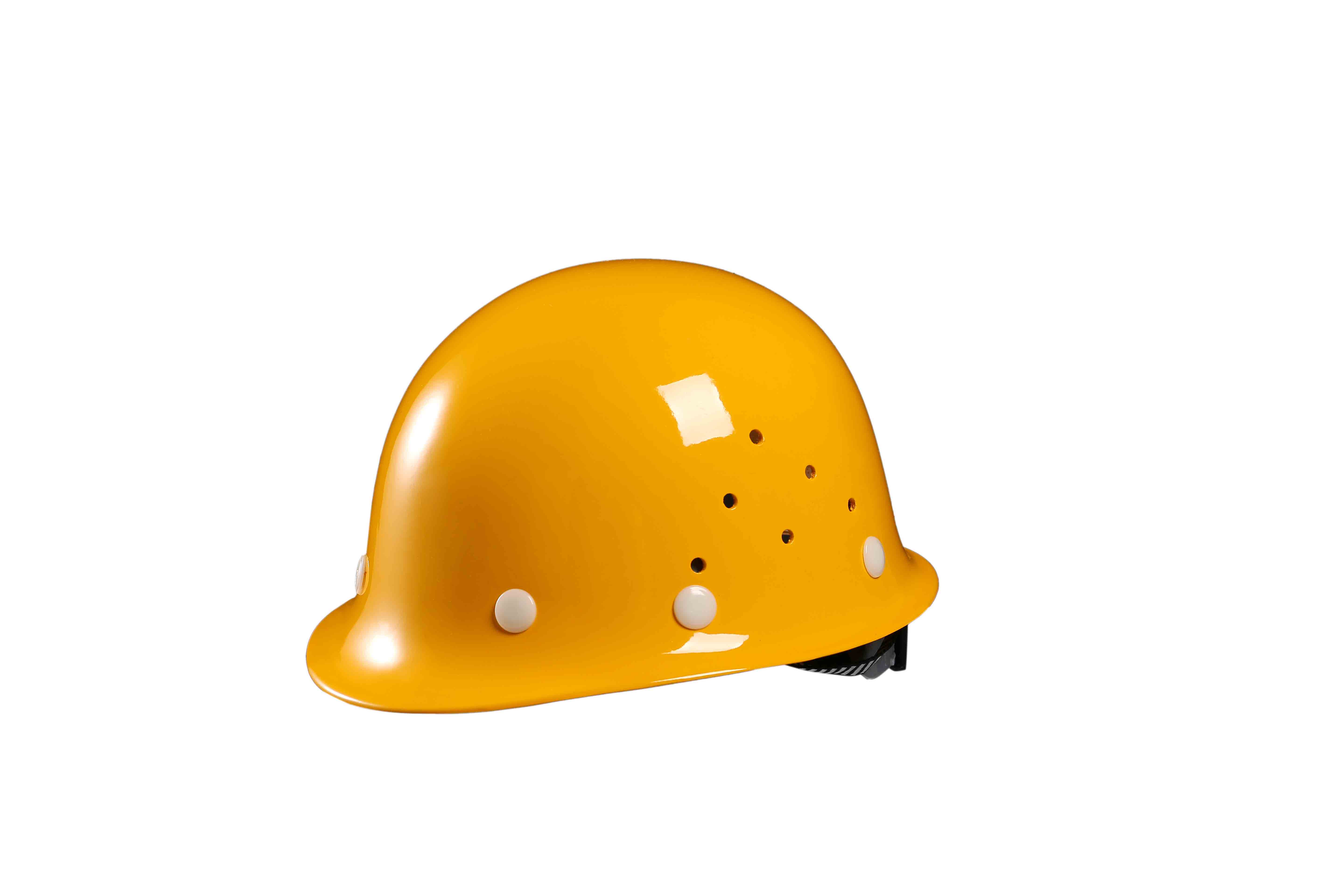safety clothing india
Safety Clothing in India Ensuring Worker Protection and Compliance
In the rapidly advancing industrial landscape of India, safety clothing has emerged as a crucial element in ensuring the protection and well-being of workers across various sectors. With an increase in awareness regarding workplace safety and stringent regulations enforced by government bodies, the demand for high-quality safety clothing has surged. This article delves into the significance of safety clothing in India, the regulations governing it, and the challenges faced in promoting its adoption.
The Importance of Safety Clothing
Safety clothing, also known as personal protective equipment (PPE), includes garments designed to protect individuals from workplace hazards. These hazards can include chemical spills, exposure to extreme temperatures, electrical hazards, and mechanical injuries. In India, where industries such as construction, manufacturing, and mining are prevalent, the importance of PPE cannot be overstated. Proper safety clothing not only safeguards workers from potential injuries but also promotes a culture of safety within organizations.
Moreover, using appropriate safety gear boosts worker morale, enhances productivity, and reduces absenteeism due to workplace injuries. As industries become more aware of the financial implications of workplace accidents, investing in safety clothing is seen as a worthwhile expenditure.
Regulatory Framework
The Government of India, through various bodies such as the Bureau of Indian Standards (BIS), has established regulations and guidelines to ensure the quality and effectiveness of safety clothing. The Factory Act, 1948, mandates provisions for the health and safety of workers, which includes the use of protective gear. Specific industry standards are also set for various sectors, requiring employers to provide suitable PPE to their employees.
However, compliance with these regulations can vary widely from one organization to another. While large corporations often have dedicated safety programs to ensure adherence to these standards, smaller firms may lack the resources or awareness necessary to implement effective safety clothing protocols.
Types of Safety Clothing
Safety clothing encompasses a diverse range of products. Key categories include
1. Protective Clothing Garments that provide protection from chemical spills, flames, and electrical hazards, such as flame-resistant suits, chemical coveralls, and insulated gloves.
safety clothing india

2. High-Visibility Clothing Used in environments where workers are at risk of being struck by vehicles or heavy equipment. These garments are made with bright colors and reflective materials to enhance visibility.
3. Respiratory Protection Masks and respirators designed to protect against harmful dust and fumes, crucial in industries such as construction and manufacturing.
5. Footwear Safety boots with features such as steel toe caps, slip resistance, and puncture-resistant soles are essential in various industrial settings.
Challenges in Adoption
Despite the growing recognition of the importance of safety clothing, several challenges hinder its widespread adoption in India.
1. Cost Considerations High-quality safety gear can be expensive, and small to medium-sized enterprises may prioritize immediate costs over long-term safety benefits.
2. Awareness and Training There is often a lack of awareness among employers and workers about the types of hazards present in the workplace and the importance of wearing appropriate PPE.
3. Cultural Attitudes In some cases, safety clothing is viewed as an unnecessary burden rather than a critical component of workplace safety.
Conclusion
As India continues to grow as a major industrial player on the global stage, the importance of safety clothing will only increase. By fostering a culture of safety, enhancing regulation compliance, and addressing the barriers to adoption, India can protect its workforce effectively. Investing in safety clothing is not just a legal obligation; it is an ethical responsibility that ensures the health and safety of all workers, ultimately leading to sustainable growth and productivity.
-
Aero Safety Helmet - OEM Gomax Aero Adult Safety Helmet, Affordable Protection for Cyclists
NewsJun.10,2025
-
Buy uvex pheos abs alpine safety helmet – OEM & Cheap Options from China Supplier
NewsJun.10,2025
-
Volman Safety Helmet - Premium Durable Protection for Industrial Workers
NewsJun.10,2025
-
Top Safety Helmet Suppliers in UAE Reliable Brands & Affordability
NewsJun.10,2025
-
Affordable Safety Helmet with Visor & Earmuffs - OEM China Supply
NewsJun.10,2025
-
Affordable Safety Clothing in Deer Park, TX Cheap & OEM Options
NewsJun.09,2025
